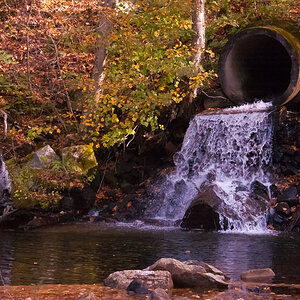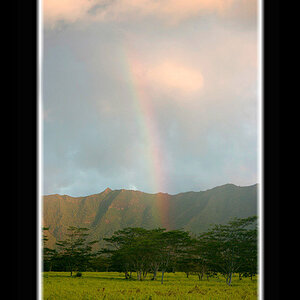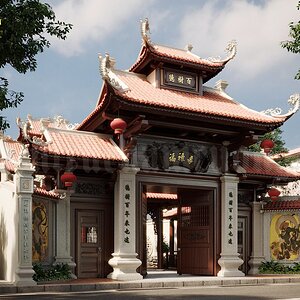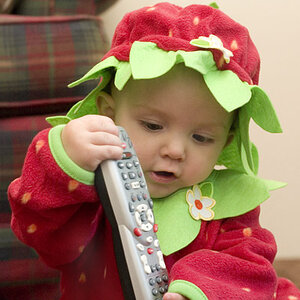Gavjenks
TPF Noob!
- Joined
- May 9, 2013
- Messages
- 2,976
- Reaction score
- 588
- Location
- Iowa City, IA
- Can others edit my Photos
- Photos OK to edit
Uh, I already did, in the post you quoted right above that photo. It could do it in the same way your brain does:Please explain how the camera was able to accurately measure the color temperature of the light source.
1) The camera could have knowledge of what color certain objects in the world are supposed to be. For example, if there's a coca cola bottle, it could identify that it's a coca cola bottle, look up the shade of red it expects from such a bottle in white light, and then adjust to make it so. If it's a photo of a camera like that one, most of which usually would have neutral silver paint, it could know that, locate a section that seems to have no major reflections, and adjust it to neutral gray. Cameras wouldn't necessarily have to store this information inside their bodies. They could use wifi and look it up on company servers, when wifi gains wider coverage in the future (it doesn't have to do this before the shot, it can work on it after the shot with RAW info and then store the profile for you for later when it finds the answer, or just store the area shot and the actual shot and calculate later doing everything at home, although that slows processing time)
2) The camera could have another tiny wide angle camera that looks out of the top and tries to identify the light source by direct identification. Long tubes? Assume fluorescent. Pear bulbs? Assume incandescent. Sky? Use the built in GPS and weather internet services to determine atmospheric conditions and light color for your location in real time, and use that. AND/OR measure the color of the pixels directly covering the brightest light source itself and calculate color.
3) If #1 and #2 fail, just fall back to averaging the scene and other stuff it does currently.
It could potentially even decide whether to try and make it look like it was white light (which is what you normally want) or to keep a cast (like for sunsets you usually don't want to correct it), by being programmed to recognize typical photographer desires and scenes and apply them, etc.
Last edited:


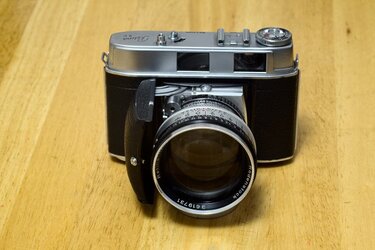







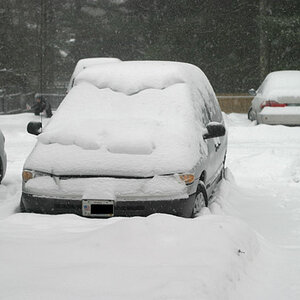
![[No title]](/data/xfmg/thumbnail/41/41925-e3c7dc0bf7e49541e177841ac968253a.jpg?1619739945)


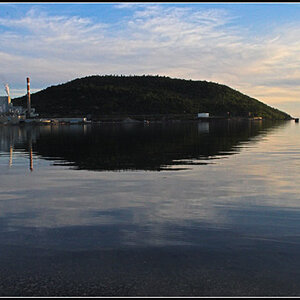
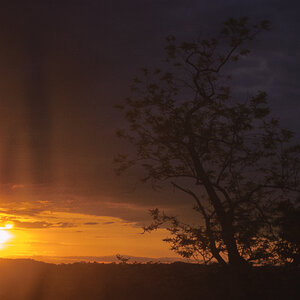
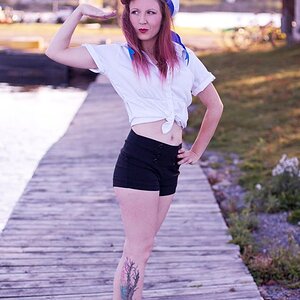
![[No title]](/data/xfmg/thumbnail/36/36681-6b091a8cd7318d47018c823a2eff3185.jpg?1619737677)
